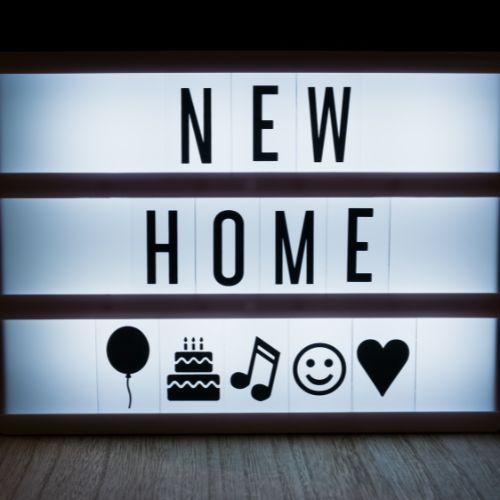
Interior Design Essentials - Key Insights for Every Homeowner!
|
|
Time to read 3 min

Welcome to our hub of new arrivals! Explore our latest additions, constantly...
|
|
Time to read 3 min
Embarking on an interior design project can often seem daunting, whether you're furnishing a new home or refreshing an old space. However, with the right knowledge and a bit of insider advice, anyone can create a visually stunning and functional living area. I'm here to demystify the complexities of interior design and share crucial insights that will help you make informed decisions about decorating your home.
Measuring your space accurately is the first step to any successful interior design project. Knowing the exact dimensions of each room helps in selecting appropriately scaled furniture and avoiding overcrowding. Utilize a tape measure to get the length, width, and height of your rooms, ensuring you have a comprehensive grasp of the physical space you are working with.
Clarify the role of each room in your home. Whether it’s a bedroom that doubles as a study or a kitchen that serves as a family gathering spot, understanding these roles is crucial in creating a functional and welcoming environment. This step ensures that the design and decor enhance the daily activities performed in each space.
Deciding on a style or theme early on can guide your entire decorating process, making shopping for furniture and accessories much more straightforward. Whether you prefer a modern minimalist look, a rustic country style, or something eclectic, knowing your aesthetic preference will help in creating a cohesive interior.
Sketch out a floor plan manually or use digital tools to visualize your ideas. Digital design tools can offer a virtual walkthrough of your space, allowing you to experiment with different layouts without the physical labor of moving furniture around. This can be a great way to try out multiple designs and see what works best for your needs and tastes.
Remember, a well-thought-out design plan is proven to lead to higher satisfaction. A survey indicates that 68% of homeowners are more satisfied with their living spaces when they begin their design projects with a clear and detailed plan【1】. This statistic highlights the importance of careful planning in achieving the desired outcome in your home decor endeavors.
The most beautifully decorated room can still fall short if it doesn’t meet your lifestyle needs. For instance, a living room should not only look inviting but also offer comfort and functionality for everyday activities like watching TV or hosting guests. Prioritizing furniture that combines style and practicality is key—opt for sofas with washable covers or coffee tables with storage. A study by the Interior Design Society found that functionality plays a major role in homeowner happiness, with a practical layout boosting overall contentment by up to 30%【2】.
Color is a powerful design tool that can alter the mood and feel of a space. Each color has psychological effects that can enhance or diminish the atmosphere you're trying to create. For example, blue can invoke calmness and serenity, making it ideal for bedrooms, while vibrant yellows or oranges can energize a kitchen or home office. Integrating the right colors into your design scheme not only adds aesthetic value but also impacts emotional well-being. The Color Association of the United States reports that 60% of homeowners feel more energized and positive in spaces with carefully chosen color schemes【3】.
When it comes to furnishings and materials, quality should be a priority. Investing in high-quality essentials like a good sofa, a durable dining table, and supportive mattresses can save you money in the long run due to their longer lifespans. These pieces bear the brunt of daily use, so choosing items that are both durable and timeless ensures that your interiors remain both beautiful and functional for years to come. Additionally, well-crafted pieces often have a timeless appeal, allowing them to seamlessly integrate into various design updates over time.
Lighting is one of the most crucial elements in interior design. A well-lit room uses layers of light to achieve the perfect balance of form and function. Start with ambient lighting to set the general mood, add task lighting for specific activities like reading or cooking, and incorporate accent lighting to highlight architectural features or artwork. Strategic lighting not only enhances the beauty of your space but also adapts to the functionality of each area, making it a critical component of both design and everyday living.
Interior design doesn’t have to be an overwhelming challenge. Armed with these essential insights, you’re well-equipped to start your design journey. Remember, the best interior spaces are those that reflect the personal tastes and needs of their inhabitants. By planning thoughtfully, considering practicality, and using design principles like color psychology and quality investments, you can create a space that is both beautiful and perfectly suited to your lifestyle.